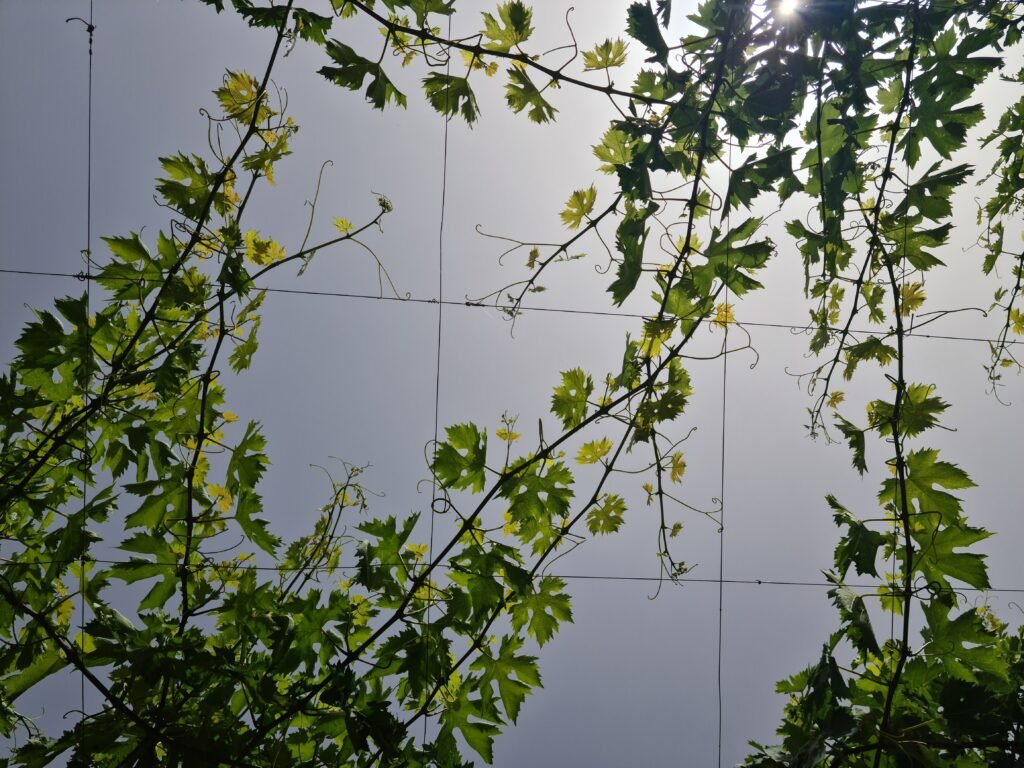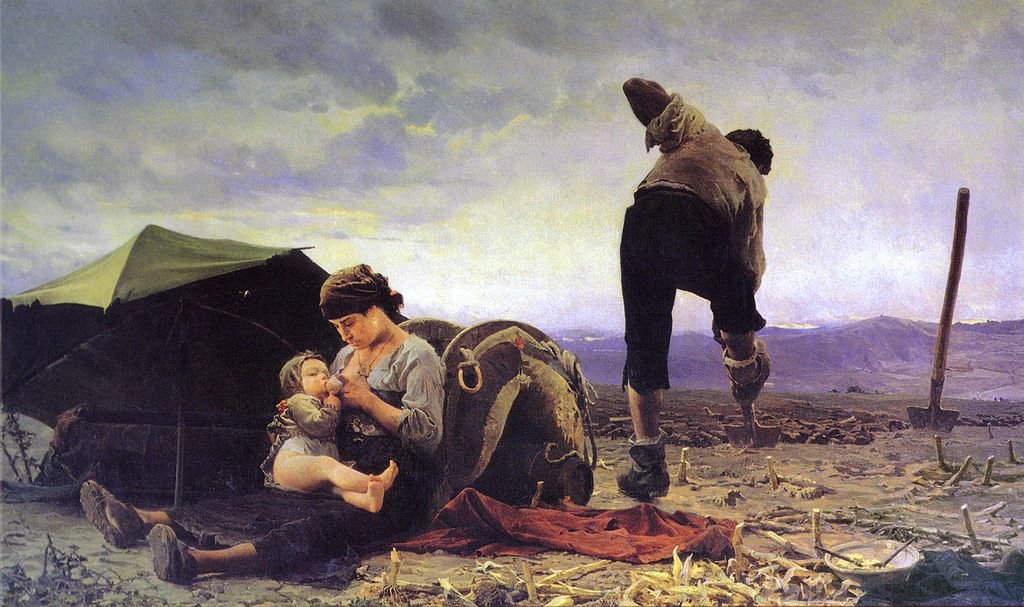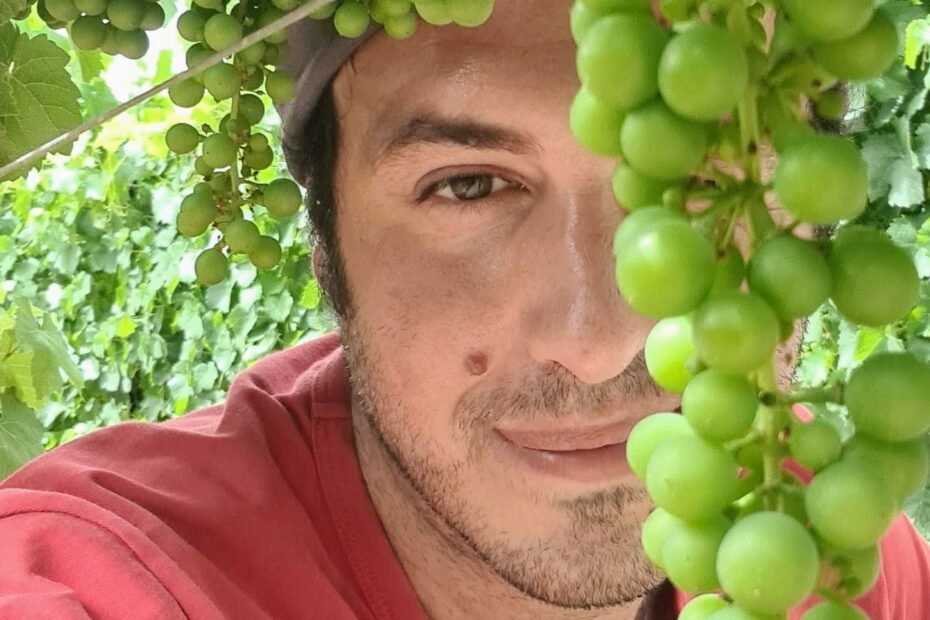THE HOT SUMMER OF BEEP BEEP VS. WILLY “THE COYOTE”
MUSIC TO LISTEN TO: “Blowin’ In The Wind” – Bob Dylan
Reading time: 7 minutes
If it were Australia, only kangaroos and Tasmanian devils would be missing.
If it were Mexico, Speedy Gonzales would be missing covered in a small sombrero looking for a cool shelter in which to take a siesta, but we are in Abruzzo and what I have seen in the last few days vaguely resembles the arid American plains of Willy “the Coyote”. The wind has been blowing for some time heat blows imperishable, drying everything, earth, leaves, people and pushes to bad thoughts.
A terrible drought has persisted since mid-May, the earth is parched, we should do the rain dance, but only a terrible dust would rise. Without forgetting the temperatures like a real sun!
This is no wonder since it is not the first scorching summer that makes us gasp like fish out of water, but with a little observance one can understand that so far, in this bizarre year, the provident rain like a “manna from heaven” came down a few times. In fact, this year the vegetation started slowly, the vine shoots did not develop so conspicuously due to the low spring temperatures which, subsequently, gave way to two months of heat and absence of rain. Both between the rows and between the awnings it is still difficult to observe a homogeneous cover of leaves, the reduced foliage of the vine plants has in a certain sense allowed them to acclimate to the heat, but now they are starting to show signs of suffering. In many respects this season recalls that of 2017, but with a spring that is much more stingy with rains, scenarios that by now Prof Attilio Scienza, professor of viticulture at the University of Milan, says will be less and less extraordinary such as to force us to reflect on the tools that our ancestors had at their disposal, not irrigation or knowledge about water stress but genetics, selection.

We can observe this between an old vine coming from a “massal” selection and a new one coming from clonal selection, as well as between old training systems with very expanded vegetation and new systems with very reduced foliage. Difficult to draw generic conclusions, I believe that every biological system is the child of the territory in which it grows and not a rigid machine to be forced to adapt to terroirs with heterogeneous characteristics, so it would be up to the agronomist to understand if the viticultural system can adapt or not, if it can be sustainable or not, based on the best gift he possesses: observation.
Observation for the agronomist is the key to understanding every phenomenon that occurs in the ecosystem in which he operates, the element from which to take inspiration to act suddenly, without being conditioned by preconceptions or old habits that are now inadequate. This axiom should not be forgotten by either the agronomist or the farmer, even in a 4.0 agriculture which makes use of important technologies to support decisions in the field, such as the so-called DSS (Decision Support System) and advanced tools such as drones, interconnected satellites and databases.
It was dr. D’amario, colleague and teacher since the dawn of my profession as an oenologist, to capture my attention to the importance of acute observation in the field.

It often happened during our “colorful” summer debates in the choice of a shared phytosanitary defense strategy, so much so that between a cigarette and in-depth discussions, a university amarcord of Dr. D’amario of an old-time professor who quoted, during a phytoiatry lesson, a famous work by a French realist painter of the 19th century, “l’Angelus” by Jean François Millet.

Without a shadow of a doubt, according to the university professor, the work could have been a clear representation of how the adversities of nature could have a harsh impact on the rural life of poor farmers at the dawn of industrialization that made room in the late 1800s. The message is so immediate that the painting should have appeared on the cover of every phytoiatry book to mark the drama of a nature hostile to man. The image of the painting was so strong for me that I could not help but read up on the work in depth, discovering the original meaning of the painting which aimed to accentuate the fragility and impotence of the workers of the land in those times, waiting for a signal of help from heaven that would preserve them from hunger and misery. The painting was originally titled: “Prayer for the Potato Harvest”. It was later translated into “Angelus”. Seeing the painting brought back memories of my childhood in a quick flashback, in which I enjoyed creating disorder among the books that my mother used to teach. I remembered one in particular: “Fontamara” by Ignazio Silone, on the cover of which was represented a detail of the painting by the Abruzzese painter Teofilo Patini, “Vanga e Latte”, in which a loving mother offered her breast to her baby after having interrupted the work in the fields, while behind him, with great effort, his relative was trying to carve the barren earth with a spade.

Also in this representation, the painting expressed the concept of acceptance of the hard life of the fields. I believe that the message that can derive from the observation of these two clear representations of a now distant agricultural world has not been totally forgotten today. An attitude of distrust and resignation towards the unpredictable fate that the vault of heaven can reserve for us often still hovers among the “insiders”.
Perhaps this is why I go down to the vineyard every day to observe, trying to understand what is changing before my eyes.
Check if the leaves are green enough or are withered by the heat, stained by disease or punctured by some unwelcome insect.
Check to see if the earth is dry, cracked, overgrown with weeds or well-soiled.
Observe if the people who work in the vineyard fight against time or support the development of the vine well.
Evaluate whether the choices undertaken day after day are feasible or unfeasible.
Imagine what the next harvest, which will soon arrive, has in store for us.
Often the answers don’t come right away, maybe to get them first we’ll have to listen to the wind, as Bob Dylan sang because, probably, it’s the only way to avoid chasing nature without giving in to resignation, avoiding doing like the thin and almost emaciated Willy” the Coyote” who, bitten by hunger, chased the only possible prey over there in the desert where he lived: the elusive Beep Beep.




